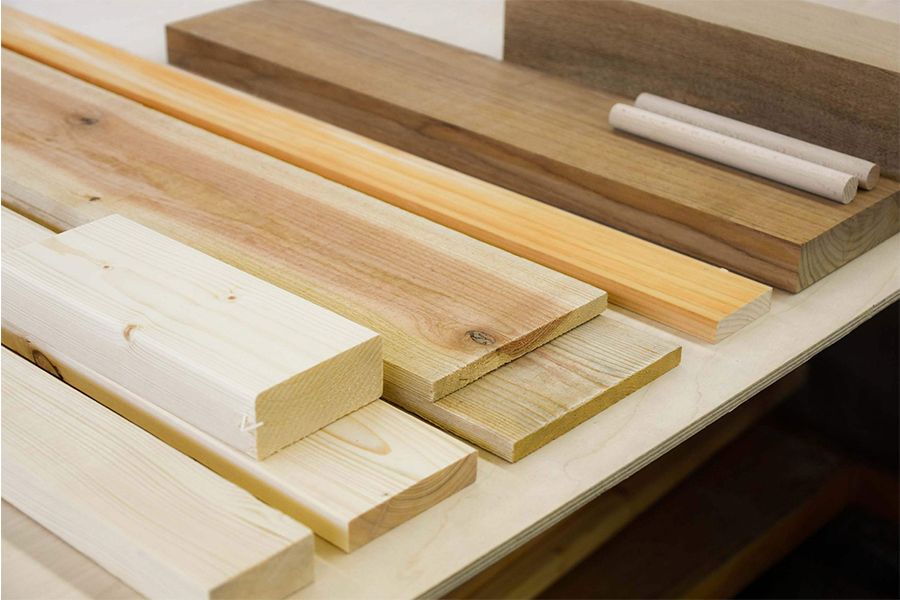UH energy simulation aims to save money for residents, home builders

An energy simulation of Oʻahu homes should help Hawaiʻi residents, developers and builders identify energy saving strategies to cut energy bills and greenhouse gas emissions. Reducing energy use in buildings is vital to achieve Hawaiʻi’s 100 percent clean energy goal by 2045 and mitigate climate change. With this goal in mind, University of Hawaiʻi at Mānoa researchers studied seven centrally air-conditioned homes made by the same builder in Kapolei to monitor energy consumption.
The paper, “Going Beyond Code: Monitoring Disaggregated Energy and Modeling Detached Houses in Hawaiʻi” was co-authored by Wendy Meguro, an assistant professor in the UH Mānoa School of Architecture and the Sea Grant College Program (Hawaiʻi Sea Grant); Eileen Peppard, a sustainability specialist with Hawaiʻi Sea Grant, Center for Smart Building and Community Design; Stephen Meder; James Maskrey; and Riley Josephson.
The authors and seven UH student researchers monitored and simulated detached houses with central air-conditioning in Kapolei from 2017 to 2020. They found that most homeowners used air-conditioning all the time, and only one home took advantage of natural ventilation on a regular basis. Air-conditioning accounted for 40 to 54 percent of energy use in the houses.
“Relying less on air-conditioning would be a big start—sometimes the outdoor conditions are cool enough to open windows,” said Peppard. “Some homeowners thought it was better for the air-conditioning equipment to run all the time. I called both the manufacturer of the equipment installed in the homes and a local service coordinator and was told that it is not better for the equipment to run all the time.”
The largest single-factor for an air-conditioned house is choosing the highest Seasonal Energy Efficiency Ratio rating possible. The use of ceiling fans in combination with increasing the thermostat setting by four degrees can keep occupants comfortable while saving considerable energy. Using all high efficiency appliances and installing all LED lighting, and choosing light color exterior surfaces (roof and exterior walls) and extending the eaves of the roof will also help to reduce heat gain.
Energy efficient model
Researchers created a computer simulation of one of the houses to minimally meet Hawaiʻi’s energy code, and tested many options to improve the model’s energy performance. After narrowing down the list, an “optimization” was run to see which combinations were the most cost effective for reducing energy consumption. The most energy efficient model reduced annual energy consumption by 47.1 percent.
“Detached house designers, builders, developers and residents now have estimated energy and cost savings for various measures,” said Meguro. “This empowers them to prioritize incorporating the strategies with greatest energy and/or cost savings. A more energy-efficient house also provides value to the customer/residents in reduced energy bills.”
The research informed the Department of Hawaiian Home Lands (DHHL), builders, the State Energy Office and the Hawaiʻi design community how current detached house design and construction practices can be modified to significantly reduce energy use and contribute to Hawaiʻi’s 100 percent clean energy goals.
“We would encourage developers to incorporate these findings in their proposed designs,” said Darrel Ing, Land Development Division, DHHL. “The information is too valuable to be left sitting on a shelf!”
Researchers gave a special thanks to UH students Kathryn Paradis; Dustin Chang; Shane Matsunaga; Ben Thrun; Aarthi Padmanabhan; Carlos Paradis; and Branden Annino; Hawaiʻi Natural Energy Institute for funding the project; consultant Sustainable Design and Consulting; DHHL; Gentry Homes; and the volunteer homeowners.







